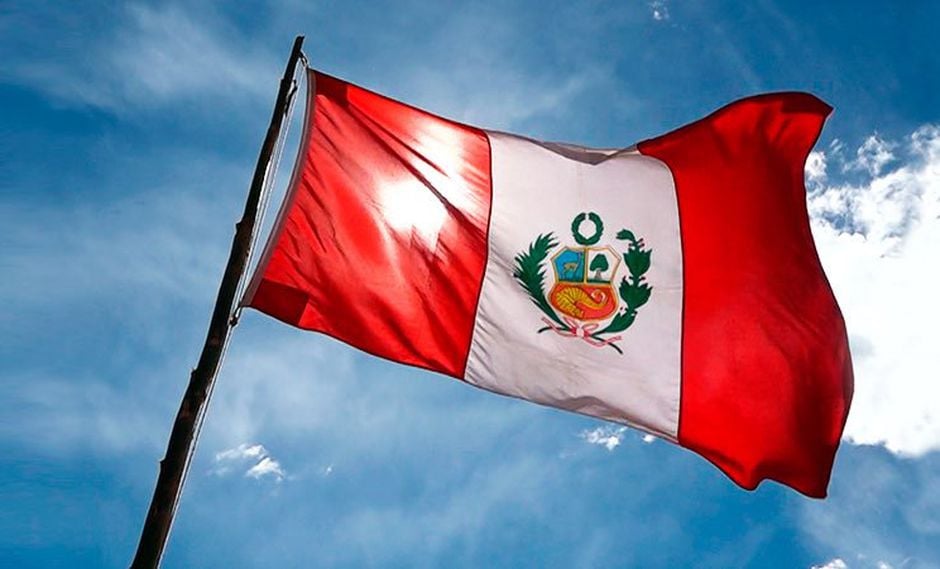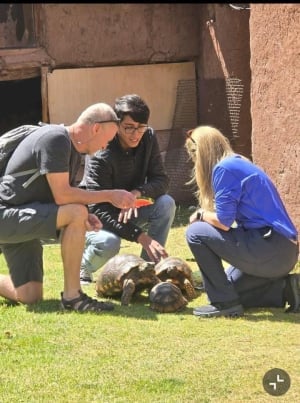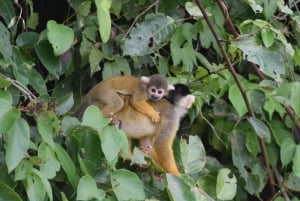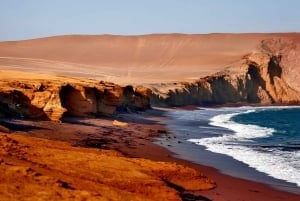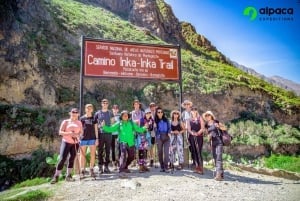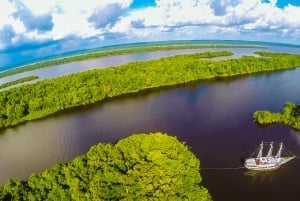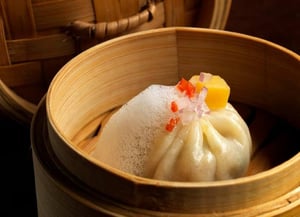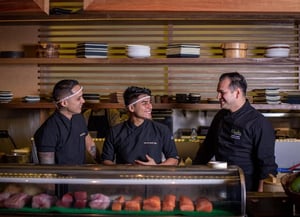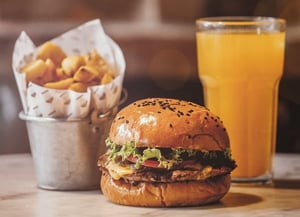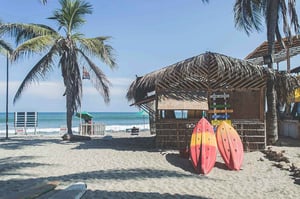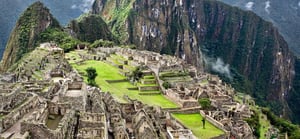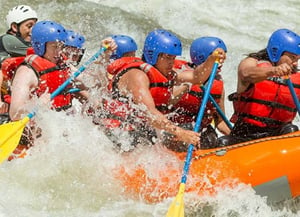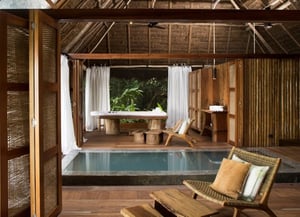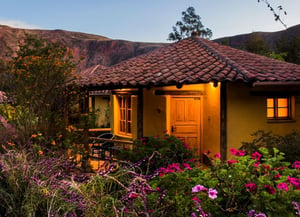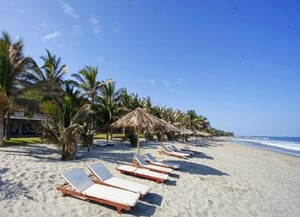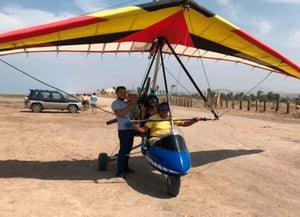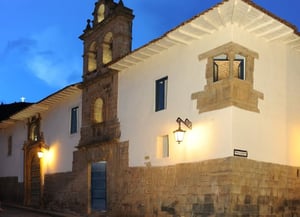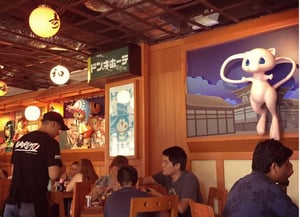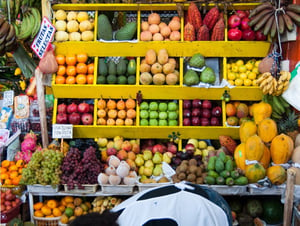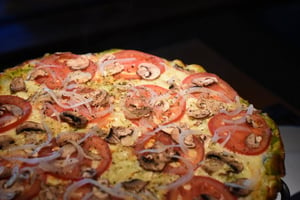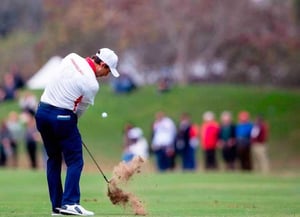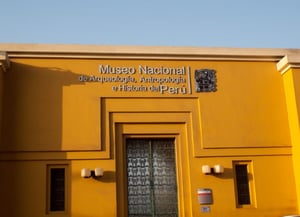FAQs about Peru
Is it safe to drink tap water in Peru?
The tap water in Peru is not safe to drink and can cause stomach upsets, so only drink bottled water and it's wise to avoid ice cubes in drinks. Make sure the bottle is sealed before purchasing and avoid buying from street vendors as often the bottles sit in the sun, which causes harmful compounds to leak out of the plastic and into the water.
Safe eating while in Peru
The main cities in Peru have an excellent reputation as culinary hot spots so you'll find plenty of options when it comes to dining out with hygiene standards high. In the countryside standards will be lower so make sure any cooked food is piping hot and if the place looks dirty then find somewhere else to eat. Street food can be a health hazard so it's best to stick to restaurants though if you can't resist the appeal of a quick roadside bite, make sure the food looks fresh, especially seafood. Food markets are a cheap place to eat with long-serving vendors offering up all sorts of dishes and these shouldn't cause you any issues if you stick to the most popular where turnover is high and food doesn't have time to ruin.
Is bargaining acceptable in Peru?
In markets bargaining is expected and it's advisable to go in with a figure around half of what you're first quoted, especially in the popular tourist spots where prices are usually inflated. Bargaining over prices should be a polite, friendly exchange until you reach an agreeable figure that you're happy to pay and the vendor is happy to accept. You'll also need to negotiate taxi fares as you'll rarely find meters in the vehicles.
What do things cost in Peru?
Peru is not one of the cheapest destinations in the world but your money will still get you quite far. A meal at a mid-range restaurant with a soft drink will set you back around USD $8-10 per person while the prices at fancier restaurants will be somewhere closer to USD $30-40 per person. A bottle of water should be little more than a dollar while local beer is around $2 a bottle.
When travelling on a group tour, which includes your accommodation, sightseeing, breakfast and transportation, we recommend budgeting between USD $25-40 per person per day to cover additional meals, snacks, drinks, souvenir and odd purchases.
What sort of plugs do I need for Peru and what is the voltage?
The voltage in Peru is 220V and sockets are a mixture of the European, two-pronged round variety and US flat-pin. We recommend that you pack a universal travel adaptor that will allow you to use a hairdryer, electric shaver, charge a mobile phone or other electrical items. You will also need a voltage converter if you're using appliances from the US.
Is Wi-Fi widely available in Peru?
You'll be able to get online in Peru fairly regularly though the connection speeds and strength of signal can be an issue. In general, more upmarket restaurants and cafes catering to travelers will offer free Wi-Fi though you'll need a password, and most hotels have Wi-Fi in the common areas at least - the better the standard of hotel, the more likely you'll be able to get Wi-Fi in your guestroom.
What time zone is Peru on?
Peru is 5 hours behind GMT and does not observe Daylight Saving.
What is the duty-free allowance for Peru?
You are permitted to bring the following into Peru:
- 20 packs of cigarettes or 50 cigars or 250g of tobacco
- 3L of alcoholic beverages
- Gifts or new articles for personal use up to a value of US$500


